
BEAD
BEAD's Future and Digital Divide Solutions Discussed at Broadband Nation Expo
Broadband experts differed on BEAD's rollout, debating whether the program accelerated or obstructed rural connectivity efforts.

BEAD
Broadband experts differed on BEAD's rollout, debating whether the program accelerated or obstructed rural connectivity efforts.

Expert Opinion
A dashboard for the digital highway from the national non-profit Connected Nation.

BEAD
Tracking platforms are making BEAD implementation more transparent.
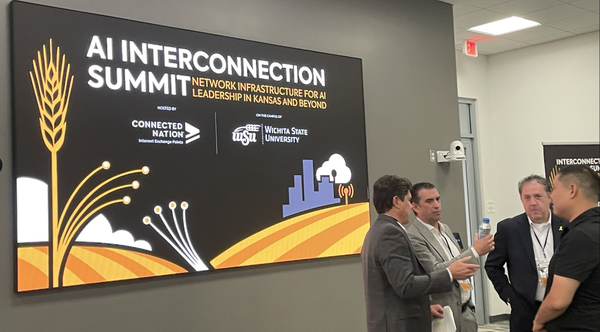
AI
The summit covered a wide array of issues on network infrastructure for AI
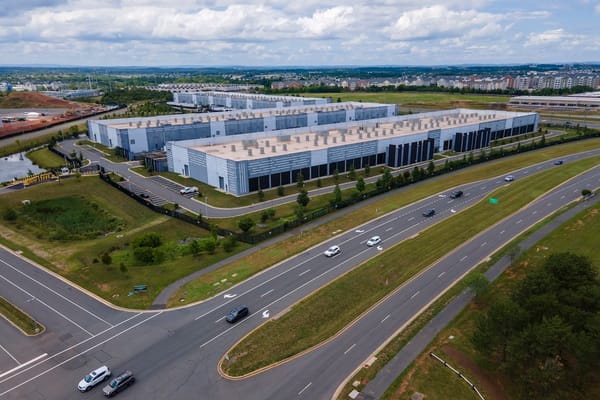
Infrastructure
Data centers and internet exchange points in 'Data Center Alley' may be indistinguishable. However, they serve different purposes.

Middle Mile
Latency experienced by users is dependent in part on their distance from internet exchange points.

Expert Opinion
No BEAD final proposals have been posted since late 2024, but many are due over the next few months.

Expert Opinion
Louisiana appears to have achieved the BEAD program’s objective for hundreds of millions of dollars less in subsidy costs than was budgeted.
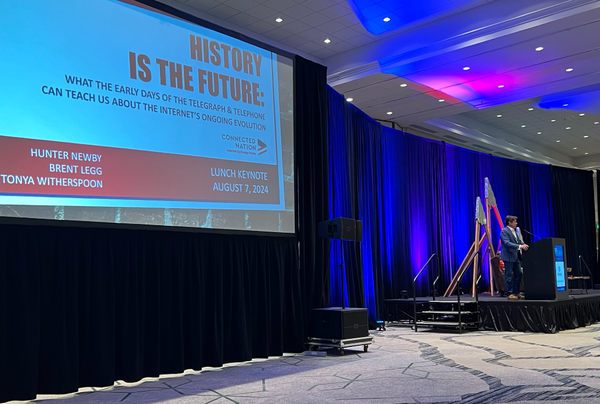
Infrastructure
Internet Exchange Points are distinct from data centers, and affect latency, cost and resiliency of a network.

Infrastructure
The high cost of data transport and high latency could hinder fiber builds in rural areas.
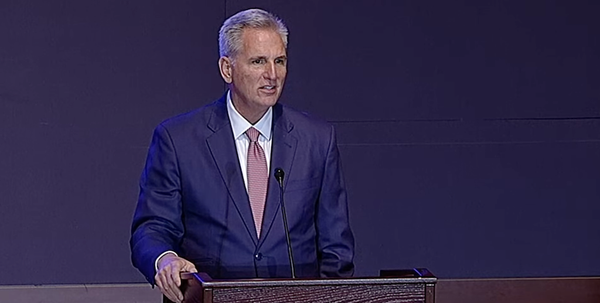
FCC
Less than half of low-income survey respondents without internet had heard of the ACP.

Funding
Internet traffic points will create a ‘better ecosystem for interconnection.’

Broadband Live
BEAD program awards are expected to have a smaller matching funds total than the middle mile awards.
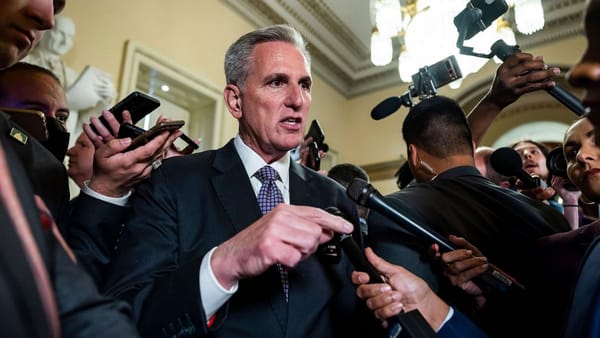
Cybersecurity
Debt legislation will limit federal discretionary spending, facilitate environmental permitting for infrastructure projects.

Broadband Live
What should we expect from the upcoming Middle Mile grants, and what might get left behind?

IIJA
More than 42,000 unserved Native American households will have access to high-speed Internet.